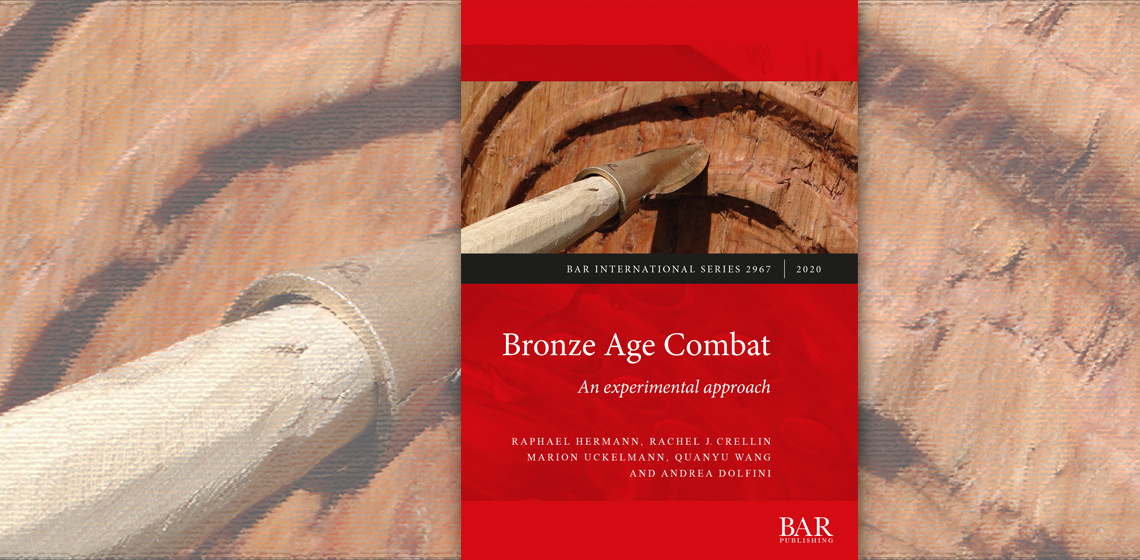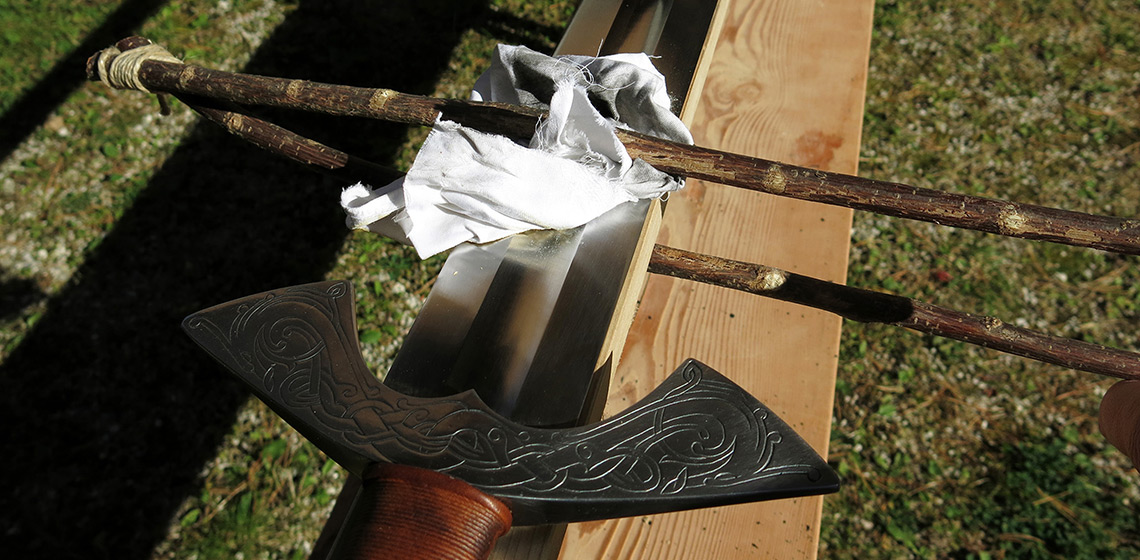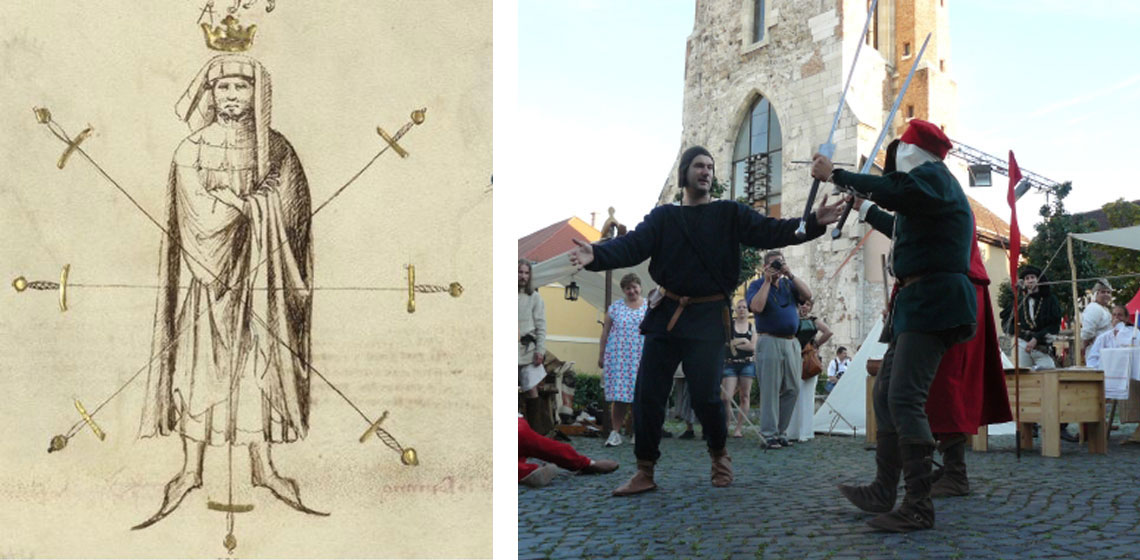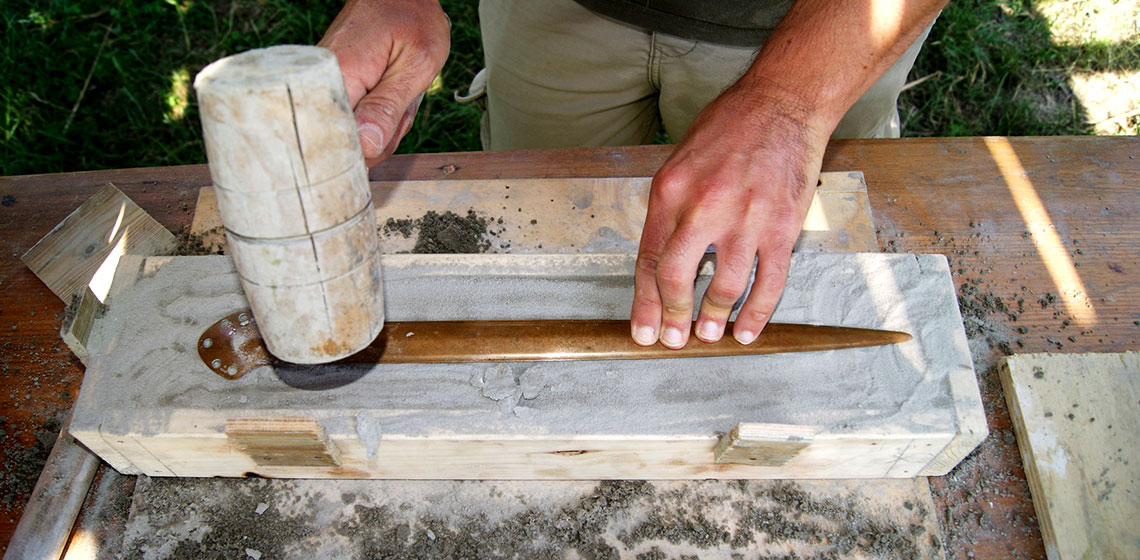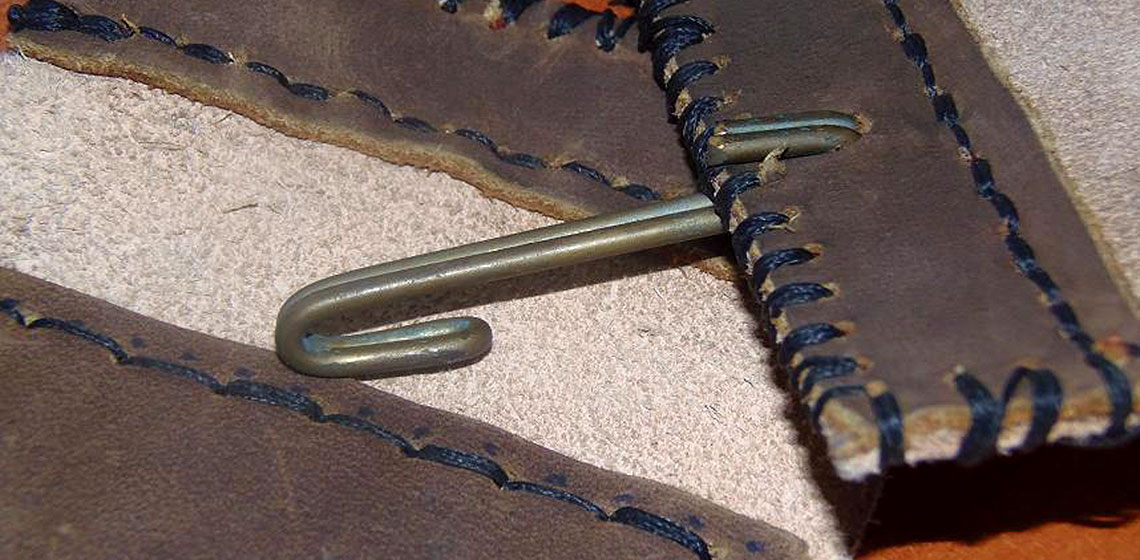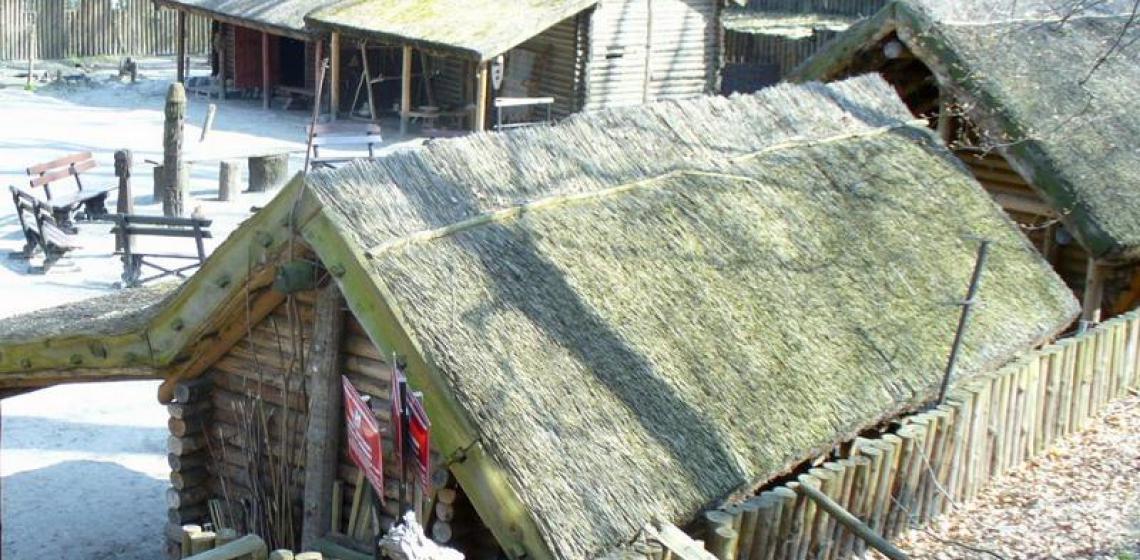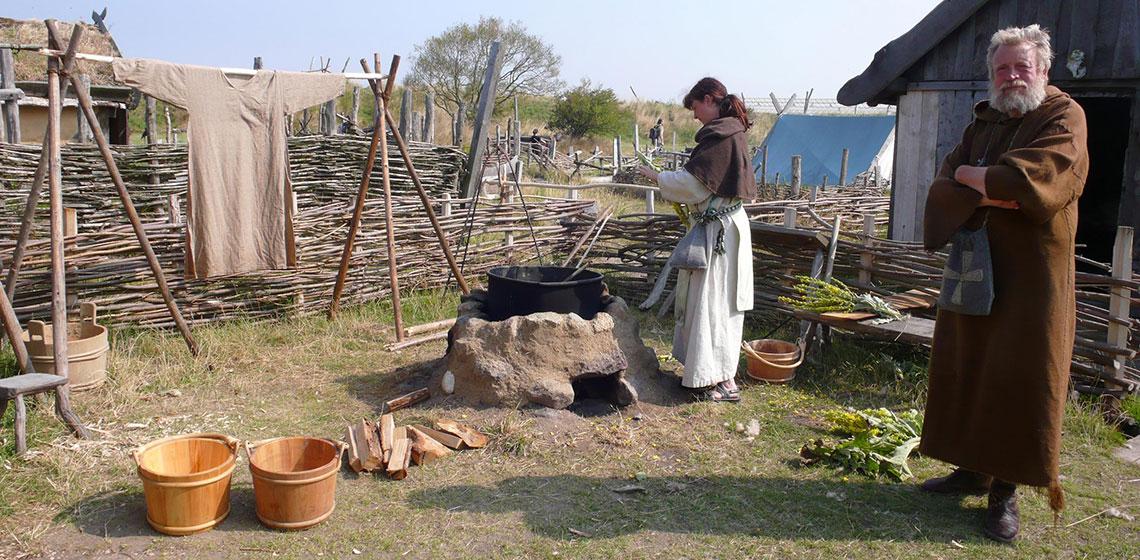Book Review: Bronze Age Combat: An Experimental Approach by Raphael Hermann et al
Cometh the hour, cometh the book? There was a considerable anticipatory kerfuffle on archaeological social media about the release of Bronze Age Combat: an experimental approach, and rightly so. It is much more than just an experimental archaeology book with rather gorgeous photographs of swords, spears and shields (although it is that too!). It is a rare publication which manages to...

